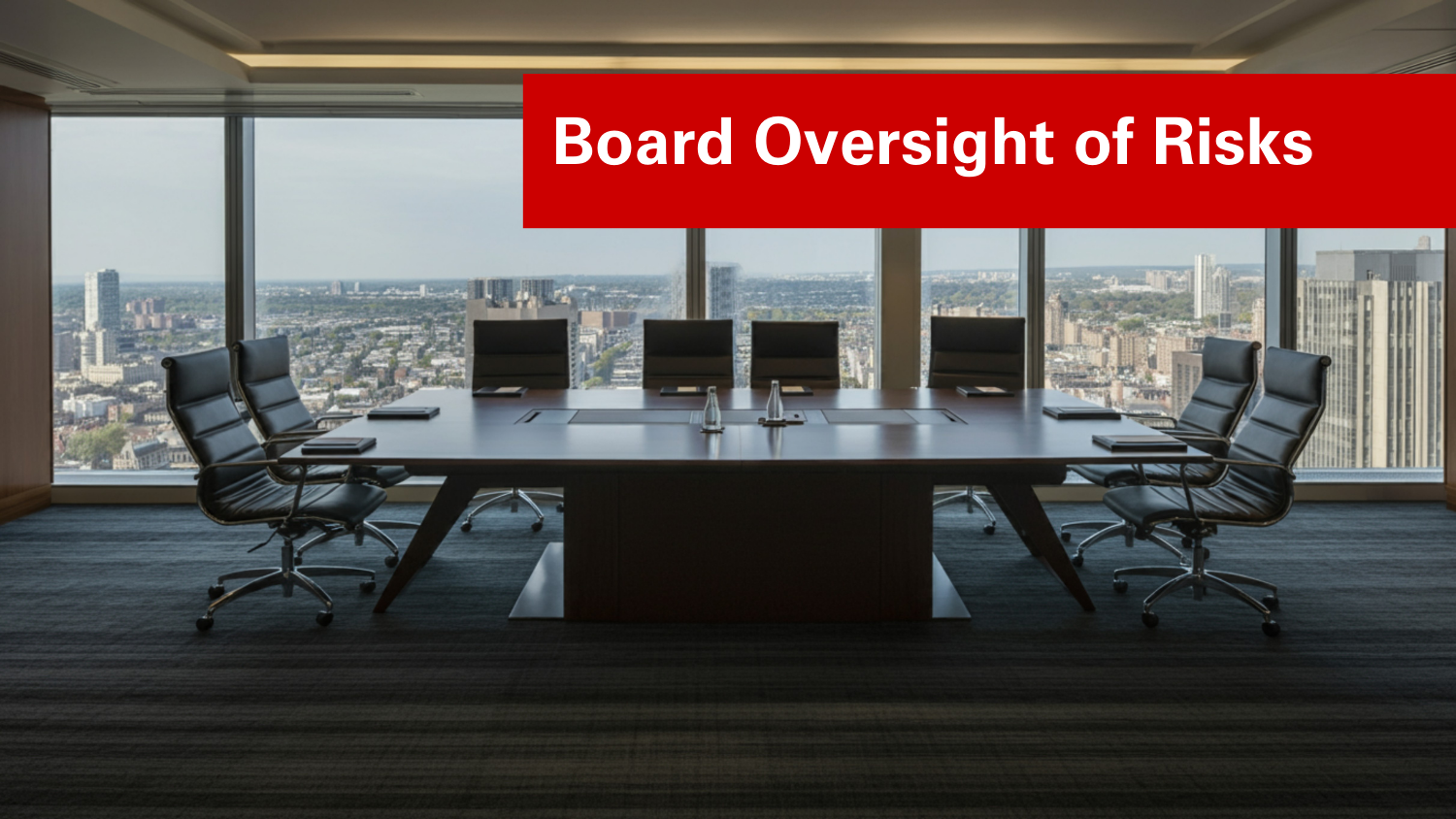Reputation Risk Management
Reputation is a key element for a successful business. Reputation is defined as the public’s perception of the corporation. There are many things that can damage a corporation’s reputation from true events to fictitious, or even malicious, gossip. In recent years, additional research has been conducted in an attempt to understand what corporations can do to better manage their reputation risk.
The Benefits of a Positive Reputation
Benefits of a positive public image include:
- Public perception of reputation can positively affect profitability, market-to-book value, and total sales
- A higher reputation is linked with an average annual stock price increase
- 35% of investment decisions are made based on reputation and image
- A premium is paid for strong reputation capital in the mergers and acquisitions market
While much of this is not a surprise to us, the Conference Board sought to understand what management can actively do in their businesses to ensure they have the highest reputation possible. Management notes nowadays that in their companies there is a lack of coordination in respect to who owns reputation risk. There is confusion about how reputation risk should be addressed in the corporation. Finally, though there are many techniques available to help companies quantify their reputation risk, management and investors do not agree on a common set of measurements.
Reputation Risk Recommendations
Many of the recommendations by the Conference Board emphasize the importance of an enterprise risk management (ERM) strategy in business. The following are a few of their recommendations regarding managing reputation risk:
- The Board of Directors should reach a consensus about their corporation’s reputation risk
- The Board of Directors should be in charge of determining the importance of stakeholder relations for the company
- A full-fledged ERM risk management program should be put in place for the company and management of reputation risk should be embedded into this program
- Directors should oversee the development of the top-down risk management program
- Business risks that impact reputation capital should be integrated into the risk management program at the top of the organization
Stakeholder Relations
Stakeholders of the company are people who are instrumental to the company’s long-term pursuit of shareholder interest. An analysis and understanding of stakeholders’ relationships is an important part in developing a successful reputation risk management strategy.
A variety of different stakeholder relationships should be considered by the Board of Directors. A few of these include:
- Enabling relations: Those who control resources that enable the organization to exist and operate
- Customer relations: Customers who provide the demand for the company’s product
- Normative relations: Standard setters, such as unions and professional associations, that determine how the company can and can not do business
An in-depth look into each relationship concerning their influence, urgency of claims, and ability to control key business resources is important. A plan should then be set in place as to how to deal with each type of relationship primarily based around the most severe threat to corporate reputation.
Many companies have suffered major blows because of a damaging event to their reputation or image. It is important, therefore, that a company’s Board of Directors are actively engaged in monitoring their own reputation risk, and putting into action a plan that will help them manage this risk.
Click the link below to purchase report.
Original Article Source: “Managing Reputation Risk and Reward”, The Conference Board, 2009


